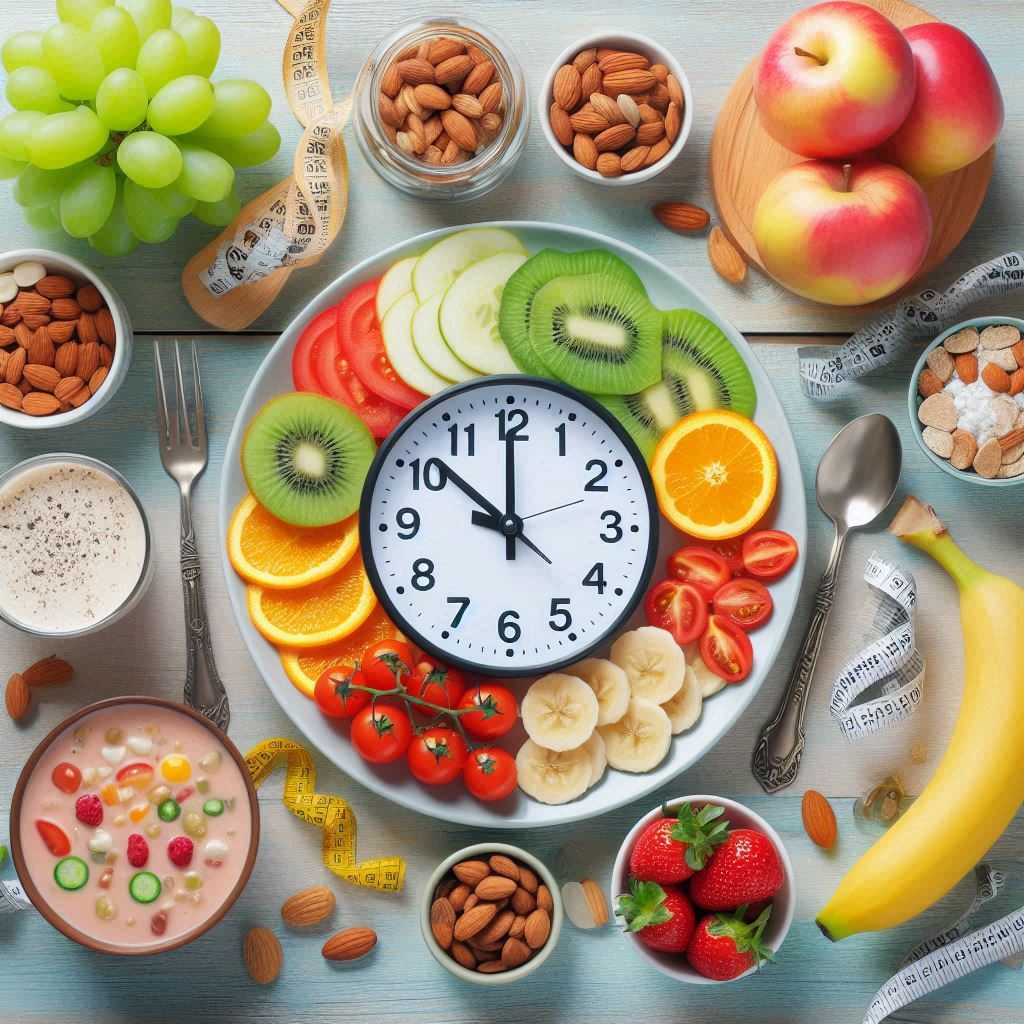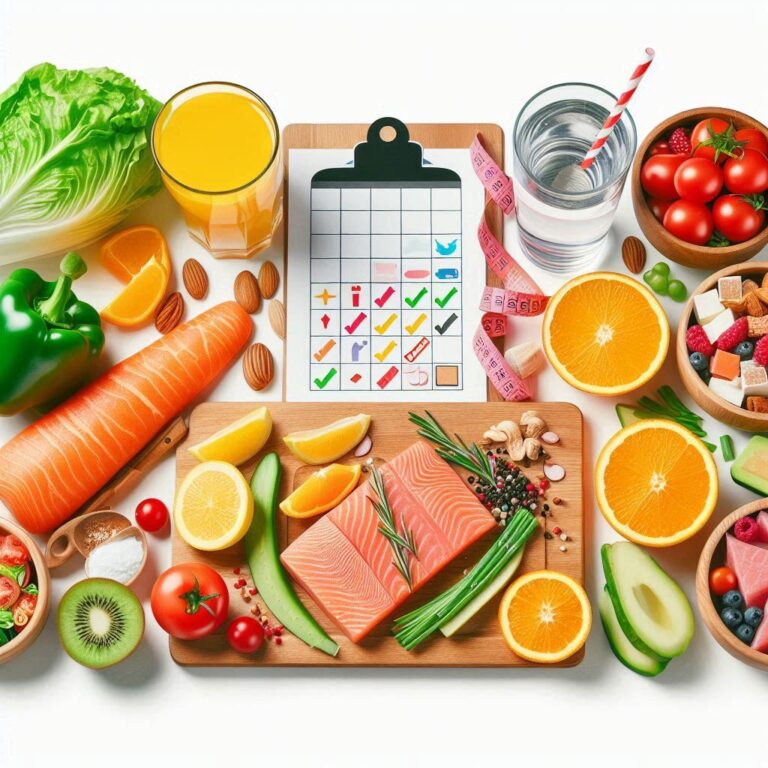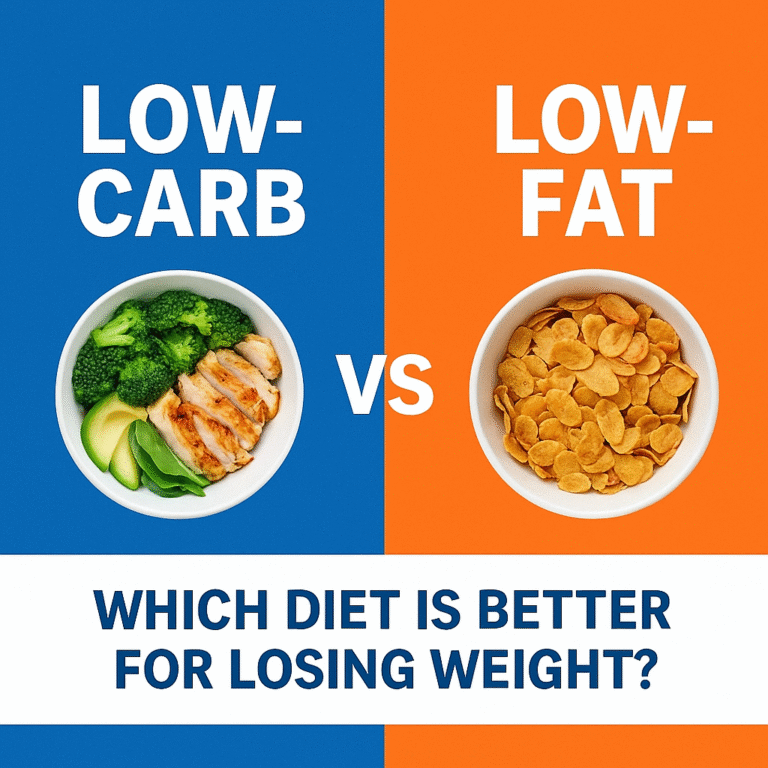Losing weight is not just about what you eat, but also when you eat. Timing your meals based on your body’s natural rhythm—known as the circadian rhythm—can boost metabolism, reduce fat storage, and support sustainable weight loss. In this guide, we’ll break down the best times to eat from morning to night, along with a sample routine and practical tips to stay on track.
Understanding Meal Timing and Weight Loss
What Is Meal Timing?
Meal timing refers to the specific times you consume your meals and snacks throughout the day. It’s not just a matter of convenience; studies show that aligning your meals with your body’s biological clock can make a significant difference in how efficiently you burn calories and store fat.
How Meal Timing Affects Fat Burning
Our bodies respond differently to food at different times of the day. For instance:
- Insulin sensitivity is higher in the morning and early afternoon, which means your body handles carbs better during this time.
- Eating late at night, when your metabolism slows down, may lead to more fat storage.
- Skipping meals or eating irregularly can cause blood sugar spikes, low energy, and overeating later in the day.
Morning Routine – Kickstart Your Metabolism
Best Time to Eat Breakfast
Your body has been fasting overnight. Eating within 1–2 hours of waking up helps jumpstart your metabolism and prevents energy crashes.
- Ideal time: Between 7:00 AM – 9:00 AM
What to Eat
- A high-protein, fiber-rich meal that provides sustained energy.
- Examples:
- Boiled eggs with whole grain toast
- Greek yogurt with berries
- Oats topped with nuts and a banana
- Protein smoothie with spinach, chia seeds, and almond milk
Avoid: Sugary cereals, pastries, or skipping breakfast altogether.
Mid-Morning – Maintain Energy and Avoid Cravings
Healthy Snack Ideas
Mid-morning snacks help you stay focused and prevent overeating at lunch.
- Ideal time: 10:30 AM – 11:00 AM
- Examples:
- A handful of almonds
- An apple with peanut butter
- Cottage cheese with cucumber slices
- Green tea and a rice cake
Why It Helps
Snacking smartly keeps blood sugar stable, reduces cravings, and ensures you stay on track with your diet.
Lunch – The Power Meal of the Day
Best Time to Eat Lunch
This is when your digestion is strongest and your body is still metabolizing efficiently.
- Ideal time: Between 12:00 PM – 2:00 PM
What to Eat
Your lunch should be the most substantial meal of the day.
- Balanced plate:
- Lean protein (chicken, tofu, lentils)
- Complex carbs (quinoa, brown rice, chapati)
- Vegetables (leafy greens, cucumbers, bell peppers)
- Healthy fats (olive oil, avocado, seeds)
Avoid: Fried foods, creamy sauces, heavy desserts.
Mid-Afternoon – The Slump Snack
Best Time for a Light Snack
The post-lunch slump is real, and a healthy snack can help boost your focus.
- Ideal time: 3:00 PM – 4:00 PM
Healthy Snack Ideas
- Roasted chickpeas or makhana (fox nuts)
- Low-fat yogurt or kefir
- Herbal tea with whole grain crackers
- Sliced carrots and hummus
Snacks at this time should be light and low in sugar.
Dinner – Light and Early Wins
Ideal Dinner Time
Eating too late can interfere with sleep and lead to fat storage. Aim to finish dinner 2–3 hours before bedtime.
- Best time: 6:30 PM – 8:00 PM
What to Eat
Keep dinner light, focusing on protein and fiber.
- Examples:
- Grilled fish with steamed broccoli
- Vegetable soup with tofu
- Chicken salad with olive oil dressing
- Moong dal with sautéed spinach
Avoid: White rice, heavy curries, sugary desserts, or overeating.
Should You Eat After Dinner?
Late-Night Cravings
These are often emotional or habit-driven rather than hunger-based. Sleep, hydration, and stress play major roles here.
Healthy Alternatives (if truly hungry)
- Herbal chamomile tea
- 1 tbsp peanut butter
- Warm low-fat milk with turmeric
- A boiled egg
Eating late at night can disrupt your digestion and increase the chance of fat gain. Try to train your body to fast overnight.
Ideal Eating Window for Weight Loss
Time-Restricted Eating (TRE)
Using strategies like Intermittent Fasting (IF) can enhance your weight loss results.
- Popular patterns:
- 12:12 – Eat for 12 hours, fast for 12
- 16:8 – Fast for 16 hours, eat during an 8-hour window (e.g., 12 PM–8 PM)
Benefits of Aligning Meals with Circadian Rhythm
- Boosts fat burning
- Reduces inflammation
- Improves digestion
- Supports hormonal balance
- Reduces cravings
Eating in sync with your biological clock means you naturally eat less, make better food choices, and burn more fat.
Sample Eating Schedule (Morning to Night Routine)
| Time | Meal | Example |
|---|---|---|
| 8:00 AM | Breakfast | Oatmeal with banana & peanut butter |
| 11:00 AM | Snack | Handful of almonds + green tea |
| 1:30 PM | Lunch | Grilled chicken, quinoa, salad |
| 4:00 PM | Snack | Yogurt with berries |
| 7:30 PM | Dinner | Lentil soup, sautéed veggies |
| 9:30 PM (opt) | Herbal tea | Chamomile or peppermint tea |
Tips to Stick to a Meal Timing Routine
- Set reminders: Use phone alarms to prompt meal/snack times.
- Meal prep in advance: Reduces stress and last-minute unhealthy eating.
- Stay hydrated: Sometimes thirst feels like hunger.
- Don’t delay meals: Skipping one meal can lead to overeating the next.
- Get enough sleep: Lack of sleep increases hunger hormones like ghrelin.
Final Thoughts
Meal timing is not a magic solution, but when combined with calorie control, balanced nutrition, and physical activity, it can enhance your weight loss results significantly. Eating earlier in the day, spacing your meals, and avoiding late-night binging align with your body’s natural metabolism.
Build a meal routine that fits your lifestyle, but remember: consistency is the key. Try following the sample routine for one week and notice how your energy, mood, and weight loss progress improve.




